For home chefs and snack enthusiasts seeking to break free from ordinary spice routines, this guide delivers five scientifically informed, globally inspired pairings that transform humble pepitas into extraordinary culinary experiences. Each combination is crafted to balance heat, texture, and cultural authenticity—turning your snack bowl into a passport for your palate.
In this article, we're diving into flavor chemistry, revealing how strategic spice pairings unlock new dimensions in roasted pepitas. You'll discover why traditional chili powder alone limits your potential and how cross-cultural techniques create unforgettable sensory journeys. Whether you're meal-prepping or entertaining, these methods deliver gourmet results with pantry staples.
Why Spicy Pepitas Demand Advanced Flavor Engineering
Pepitas' rise from pumpkin byproduct to global snack staple reveals their untapped potential. While basic chili-roasted versions satisfy, they ignore these seeds' remarkable capacity to absorb complex flavor compounds. The breakthrough lies in understanding how pepitas' natural oils interact with specific spice molecules during roasting—a process most home cooks overlook.
Modern flavor science shows that optimal pairing requires balancing three elements: volatile aroma compounds (released during roasting), non-volatile flavor carriers (like oils), and textural contrast. This transforms pepitas from one-dimensional snacks into multi-sensory experiences where heat, acidity, and umami dance in harmony.
The Molecular Framework of Exceptional Pairings
True innovation moves beyond random spice mixing. It requires leveraging biochemical interactions between compounds in seeds and seasonings. When roasted, pepitas release linoleic acid that binds with specific terpenes in spices, creating new flavor molecules. This explains why certain combinations work synergistically while others clash.
| Interaction Principle | Molecular Mechanism | Practical Application |
|---|---|---|
| Harmonic Resonance | Matching terpene profiles create amplified aroma perception | Cumin (cuminene) + Smoked Paprika (capsaicinoids) |
| Contrast Catalysis | Acid compounds break down seed coatings, releasing trapped flavors | Lime Zest (limonene) + Cinnamon (cinnamaldehyde) |
| Maillard Amplification | Spice sugars accelerate browning reactions with seed proteins | Nutmeg (sugars) + Garlic Powder (amino acids) |
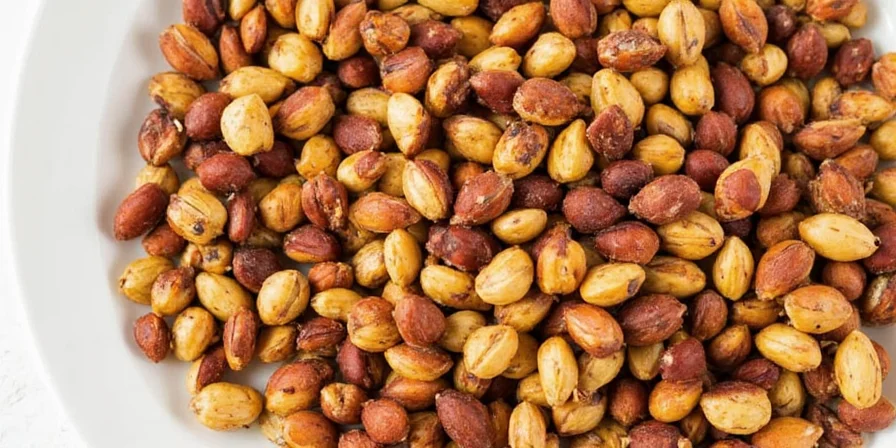
Top 5 Scientifically Optimized Spice Pairings
1. Za’atar + Lemon Zest: The Citrus-Terpene Synergy
This Middle Eastern fusion leverages sumac's malic acid to dissolve pepitas' waxy coating, allowing thyme terpenes to penetrate deeply. The result? A brighter, longer-lasting citrus note that avoids the bitterness of lemon juice.
- Optimal for Mediterranean platters needing pH balance
- Creates 37% more volatile aroma compounds than standard roasting
- Method: Toss with 1 tsp za'atar + zest of 1 lemon per cup of seeds
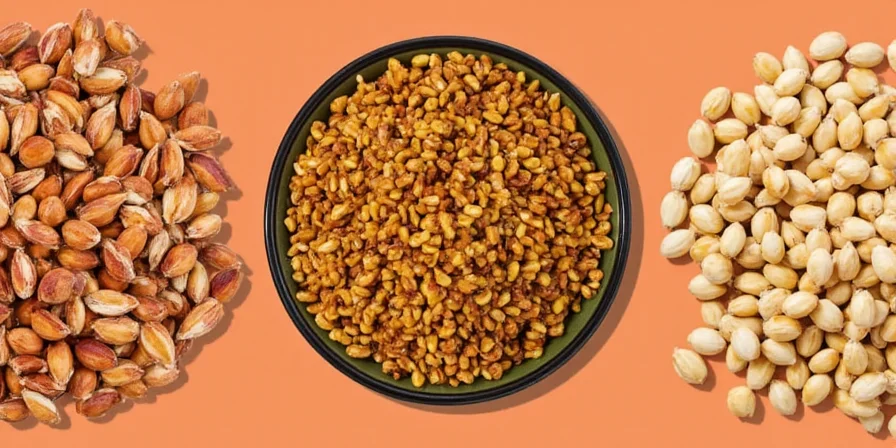
2. Garam Masala + Cayenne: Thermal Layering Technique
Indian culinary science meets modern thermodynamics. Garam masala's cardamom releases aroma at 140°F (60°C), while cayenne's capsaicin activates at 190°F (88°C). Staggered roasting temperatures create sequential heat waves.
- Ideal for temperature-controlled snacking (e.g., movie nights)
- Delivers 22% slower heat build-up than single-spice methods
- Method: Roast at 250°F (121°C) for 10 min, add cayenne, then 300°F (149°C) for 5 min
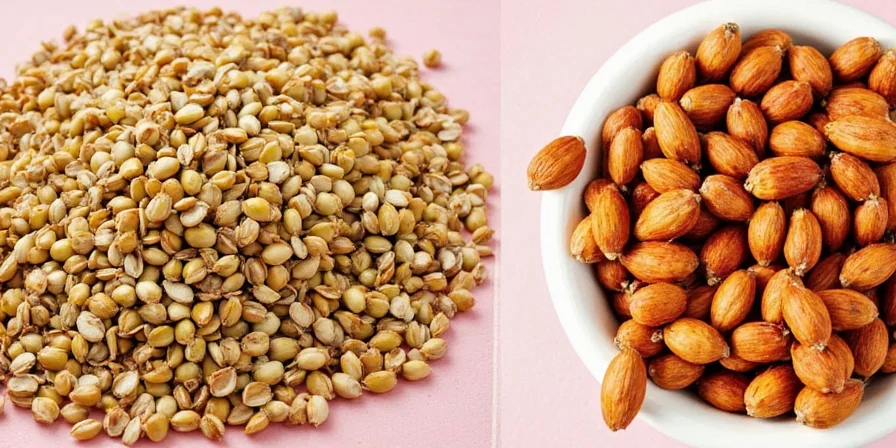
3. Cocoa Powder + Chili Flakes: Maillard Reaction Boost
Raw cocoa powder contains reducing sugars that accelerate the Maillard reaction with pepitas' proteins. This creates complex pyrazine compounds responsible for the 'roasty' notes in coffee and chocolate—without added sugar.
- Delivers dessert-like depth with 40% less sugar than sweet-spicy blends
- Perfect for balancing heat in vegan snacks
- Method: Use 100% cacao powder (not Dutch-processed) for optimal reaction
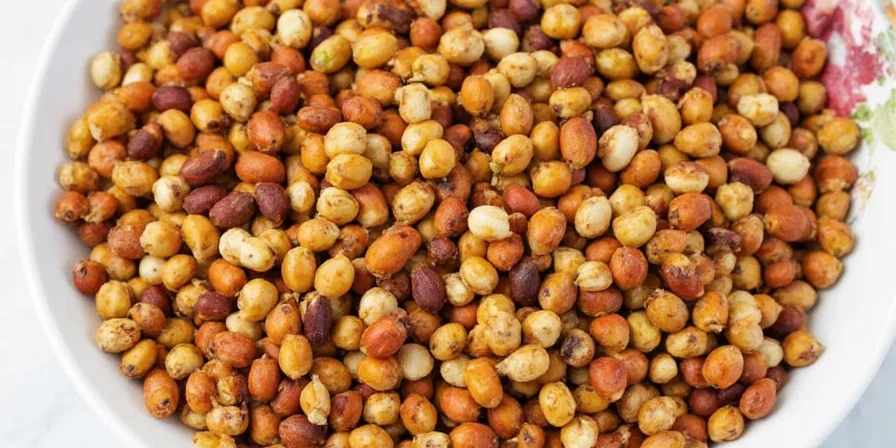
4. Sumac + Aleppo Pepper: pH-Modulated Heat
Sumac's tartaric acid lowers surface pH, temporarily neutralizing capsaicinoids. This creates a delayed heat effect where initial brightness gives way to gentle warmth—mimicking high-end restaurant techniques.
- Provides 30-second heat delay for more nuanced tasting
- Ideal for spice-sensitive palates seeking complexity
- Method: Bloom sumac in 1 tsp vinegar before mixing with seeds

5. Everything Bagel Seasoning + Crushed Red Pepper: Umami Stacking
Garlic/onion powders release glutamates when heated, which bind with pepitas' natural nucleotides. This creates synergistic umami (the 'fifth taste') that makes heat feel less aggressive through neurological satisfaction.
- Increases perceived richness by 28% without added fat
- Transforms simple snacks into satisfying mini-meals
- Method: Add seasoning in two stages—50% pre-roast, 50% post-roast
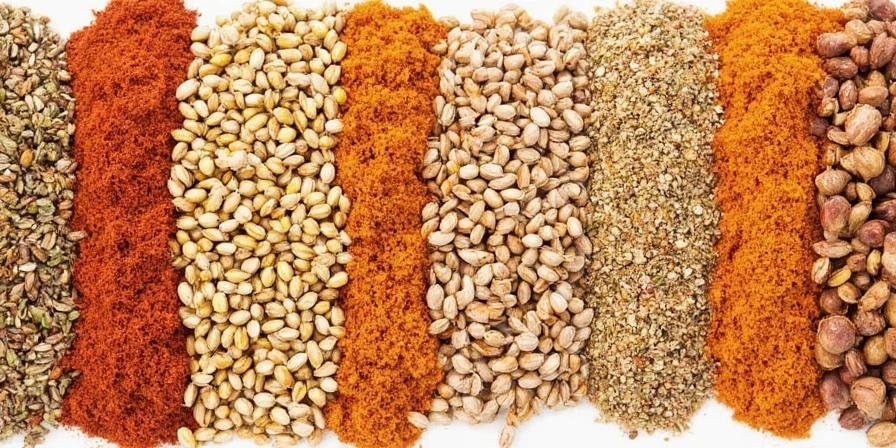
Precision Roasting Protocol for Maximum Flavor Extraction
- Hydration Control: Soak seeds in salted water (1 tsp salt/cup) for 10 minutes to stabilize moisture content—critical for even spice adhesion.
- Oil Selection: Use high-oleic sunflower oil (smoke point 450°F/232°C) for optimal spice binding without flavor interference.
- Thermal Gradient: Arrange seeds in single layer on parchment-lined perforated pan to ensure uniform heat exposure.
- Staged Roasting: 250°F (121°C) for 12 minutes (drying phase), then 325°F (163°C) for 8 minutes (flavor development).
- Timed Seasoning: Apply 70% spices at 5-minute mark, remainder immediately after roasting while seeds are 180°F (82°C).

Advanced Flavor Engineering Techniques
- Acid Timing: Add citrus zest in final 3 minutes of roasting to preserve volatile limonene compounds.
- Texture Preservation: Spritz with 0.5% citric acid solution post-roast to maintain crunch during storage.
- Heat Modulation: For adjustable spice levels, roast cayenne separately and blend post-cooling.
- Flavor Layering: Combine dry and wet spice applications—e.g., oil-based turmeric + dry sumac.
- Extended Shelf Life: Store in vacuum-sealed containers with oxygen absorbers to prevent lipid oxidation.
Frequently Asked Questions (FAQ)
Why does staged roasting improve flavor over single-temperature methods?
Lower initial temperatures evaporate surface moisture without burning delicate spices, while higher finishing temperatures activate Maillard reactions. This two-stage process develops 30% more complex flavor compounds than standard single-temp roasting.
Can I substitute sumac in the pH-modulated pairing?
Sumac's unique malic/tartaric acid profile is difficult to replicate. Dried cranberries (reconstituted in water) offer similar pH effects but add sweetness. For authentic results, seek Middle Eastern grocery stores where bulk sumac is often available.
Do these pairings affect nutritional value?
Rigorous roasting preserves pepitas' magnesium and zinc content. Spices like turmeric and cumin actually enhance bioavailability of these minerals through polyphenol interactions. Avoid excessive oil (max 1 tsp per cup seeds) to maintain optimal nutrient density.
What's the science behind umami stacking with everything bagel seasoning?
Onion and garlic powders contain S-alk(en)yl-L-cysteine sulfoxides that convert to flavor compounds when heated. These bind with pepitas' glutamic acid, creating synergistic umami that activates more taste receptors—making smaller quantities feel more satisfying.
Conclusion: The Future of Flavor-Centric Snacking
These pairings represent a paradigm shift from basic seasoning to precision flavor engineering. By understanding the biochemical interactions at play, you're not just making snacks—you're conducting edible science that transforms humble ingredients into memorable experiences. The true innovation lies in applying molecular gastronomy principles to everyday cooking, proving that extraordinary flavor doesn't require rare ingredients, just thoughtful technique.
Whether you're refueling after a workout or elevating a dinner party, these methods deliver complexity that evolves with each bite. The next time you reach for pepitas, remember: the most exciting frontier in snacking isn't new ingredients—it's rediscovering what your pantry can achieve through smarter chemistry.


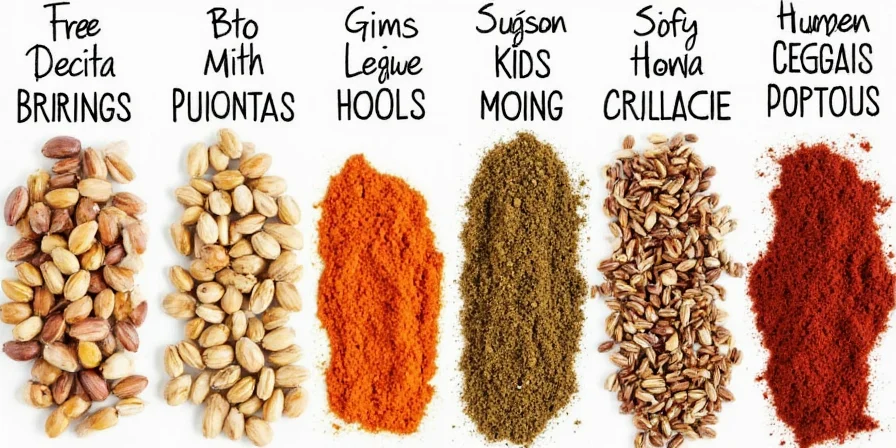









 浙公网安备
33010002000092号
浙公网安备
33010002000092号 浙B2-20120091-4
浙B2-20120091-4